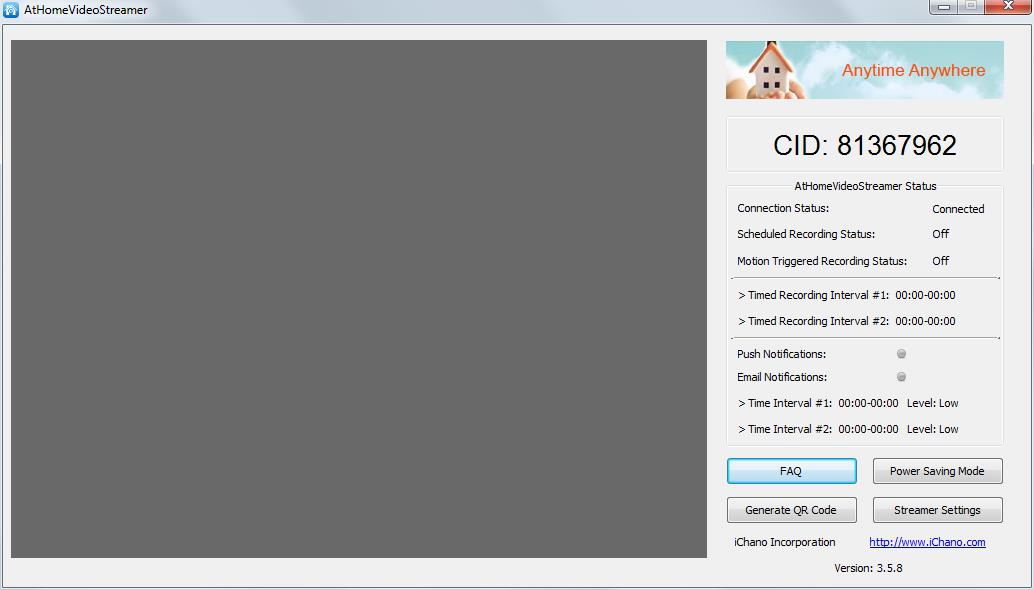

The true core of his post can be summed up in two key concepts relating to online video: First, open source is an attitude, not a technology and second, the power is in participation, not publishing. When you do a Google search for "Web 2.0," this is the first article listed, a ranking that supports its popularity and the general agreement on it as the basis for defining this new age of the internet. In September 2005, Tim O’Reilly published an online description for Web 2.0 that became the foundation for the next generation of online business concepts and software development (). Everyone who reads this article should walk away with at least one concept to implement for themselves or their business (one of the calling cards of Web 2.0 is getting users to generate content, so be prepared to get involved). Second, we will outline seven common myths about online video and Web 2.0 and give you some real-world stories and tools to help separate hype from reality.
Athome video streamer 2.0 full#
First, we’ll set some ground rules and definitions for Web 2.0 and the inbox full of related five-dollar consultant buzzwords. So let’s separate fact from fiction and find genuine business-changing ideas in this mashup of online video, social networking, revenue generation, and user-generated content. With talk of a second internet bubble, YouTube’s sale to Google for $1.65 billion, Time magazine naming "You" the person of the year, and 100 online video-sharing websites with massive participation, "Web 2.0" has become a battle cry for open source proponents, a siren song for venture capitalists, and an overused cliché for industry insiders. Web 2.0 has become much more than just the latest corporate buzzword.


 0 kommentar(er)
0 kommentar(er)
